A proof-of-concept study applied the SDG Synergies approach to explore how environmental targets interact with other Sustainable Development Goals at the EU level.
In 2018, researchers at SEI together with the European Environment Agency (EEA) carried out a research project to identify and characterize critical interactions among the SDG targets that could be particularly relevant to environmental policy-makers in the European Union.
The project was the first regional-scale application of SDG Synergies, and used a desktop-based approach. The analysis focused on three policy questions, and on interactions between eight targets from Sustainable Development Goals (SDGs) 12–15 and the other 13 SDGs:
• Which environmental targets have the greatest potential to foster progress on the broader 2030 Agenda in the EU?
• What direct trade-offs and synergies with other SDGs could result from progress on environmental targets in the EU?
• What are indirect effects, across the network of SDGs, of making progress on environmental targets in the EU?
Improving chemicals and waste management (SDG target 12.4) and climate adaptation (SDG target 13.1) was found to have the most synergistic potential among the eight environmental targets studied. However, the synergistic potential of the environmental targets is generally lower than that of several of the other goals, most notably SDG 16 (Peace, Justice and Strong Institutions), SDG 5 (Gender Equality) and SDG 17 (Partnerships for the Goals).


